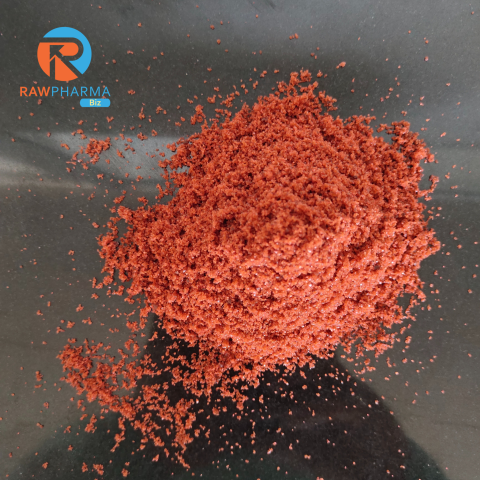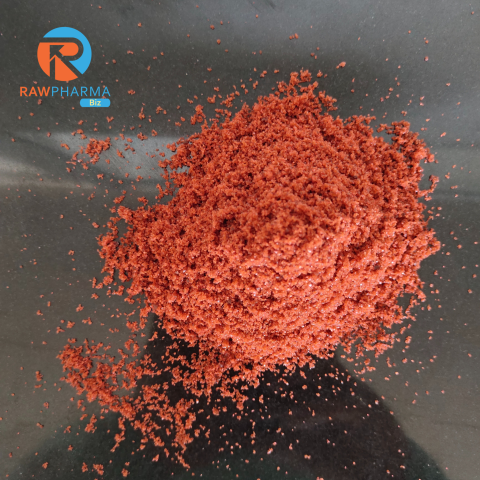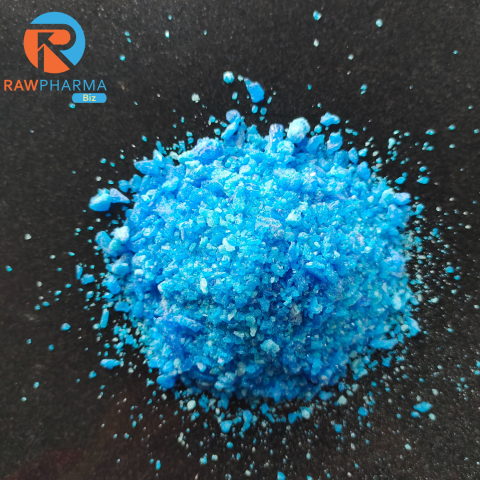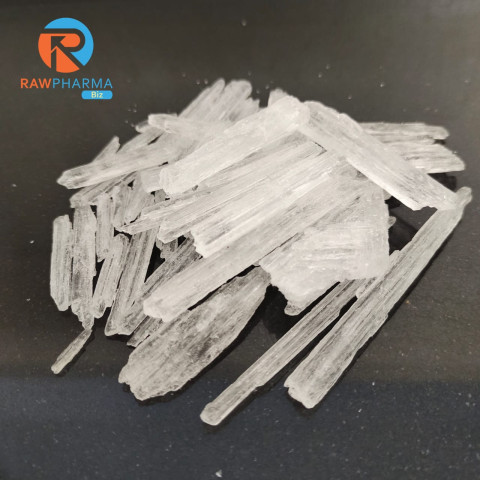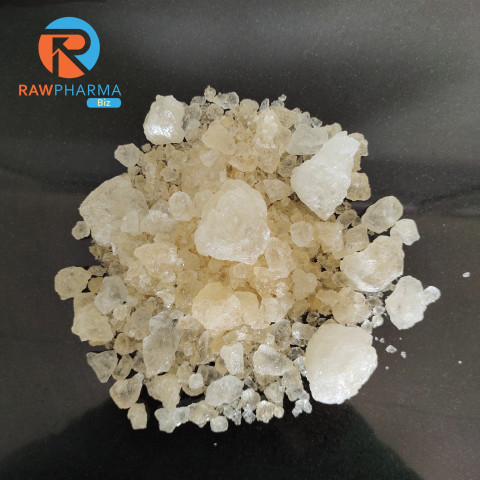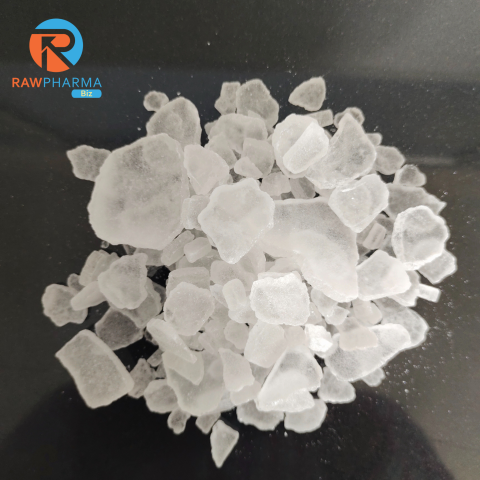Short Descriptions
Cobalt Sulphate is considered as Hazardous Material
Cobalt sulfate is a red crystalline solid commonly used in the production of pigments, batteries, and electroplating. It is a significant intermediate in the manufacture of cobalt-based chemicals and materials. This compound is also employed in the agricultural industry as a feed additive to correct cobalt deficiencies in animals. Additionally, cobalt sulfate is utilized in various industrial processes, including the preparation of catalysts and the coloring of glass and ceramics.
More Information
Details
Cobalt sulfate is a red to rose-pink crystalline solid with the chemical formula CoSO₄. It is highly soluble in water and often encountered in its hydrated forms, the most common being heptahydrate (CoSO₄·7H₂O). This compound plays a critical role in various industrial applications due to its chemical properties. One of the primary uses of cobalt sulfate is in the production of lithium-ion batteries, where it serves as a precursor for cobalt compounds used in the cathodes. This is pivotal for the growing electric vehicle industry and energy storage solutions. Cobalt sulfate is also extensively used in electroplating processes to provide a hard, attractive finish on metals, enhancing their appearance and resistance to corrosion. In the agricultural sector, it is an important additive in animal feed, supplying essential cobalt necessary for the production of vitamin B12 in ruminants. Furthermore, cobalt sulfate is utilized in the manufacture of pigments, offering vibrant blue hues for ceramics, paints, and inks. It also acts as a catalyst in various chemical reactions, including those in the petrochemical industry. The compound's role in coloring glass and ceramics adds to its versatility, making it indispensable in numerous manufacturing processes. Its diverse applications underscore its significance in both industrial and agricultural sectors.
